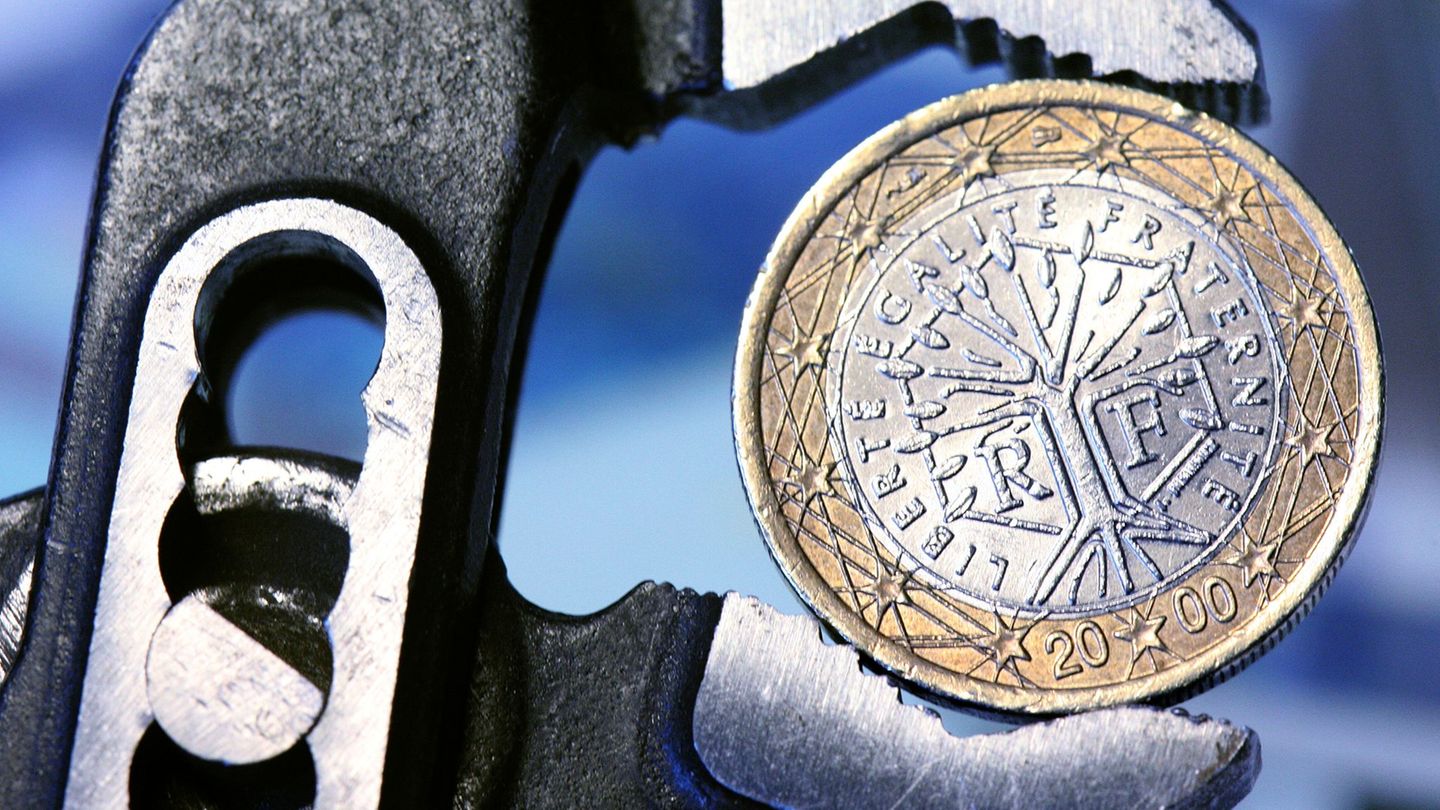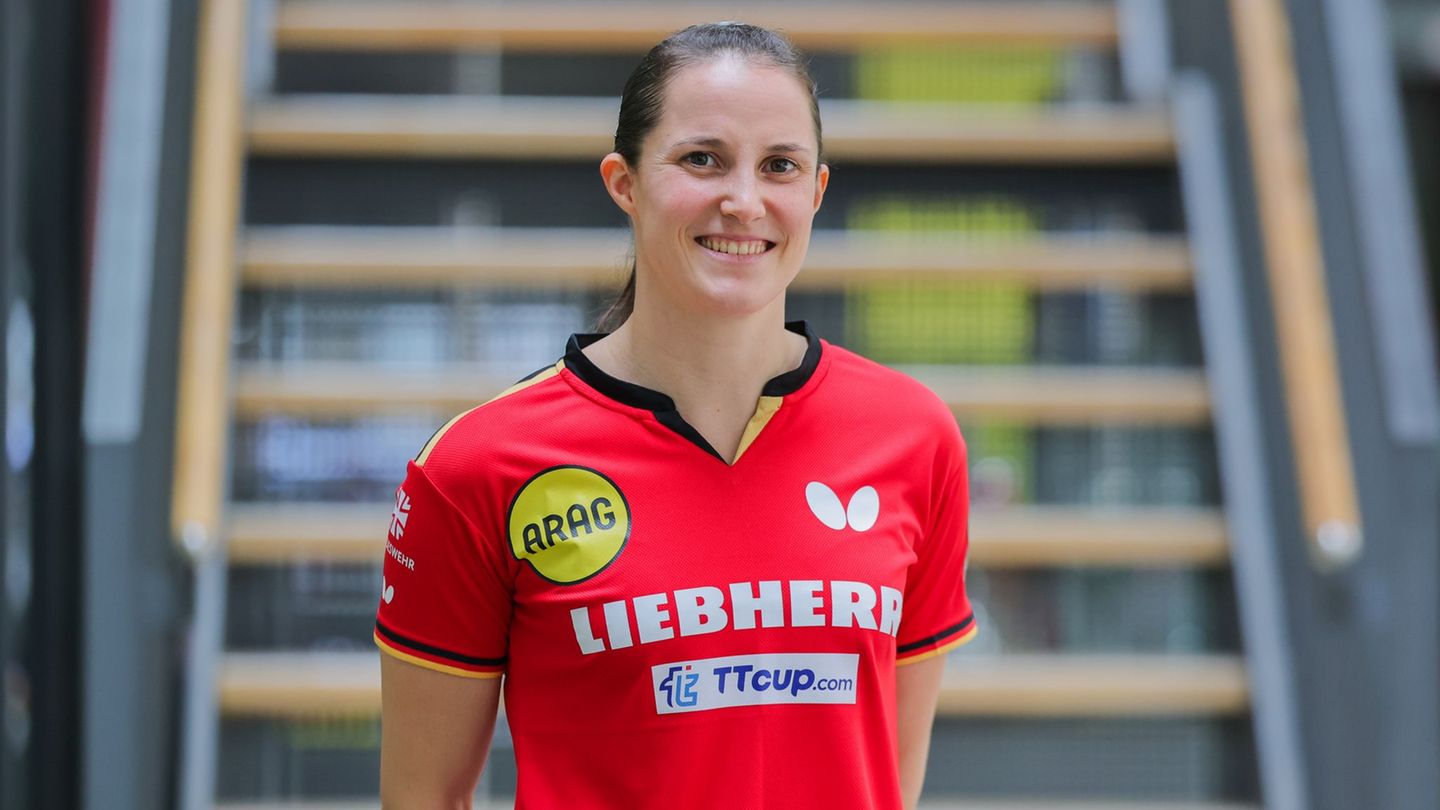Car driving licenses in Germany are now quite expensive. Why this is and how learner drivers can save.
A car driving license is now anything but cheap. Some learner drivers have to pay up to 4,400 euros for a driving license, as the General German Automobile Club (ADAC) says. What are these high costs and how can learner drivers save?
From Kurt Bartels’ point of view, there are three main reasons for the current prices: general price increases, traffic development and the development of cars. Bartels is the deputy managing director of the Federal Association of Driving Instructors Associations. He says: “Driving has become more complex.” The number of means of transport is increasing through e-scooters and pedelecs and there are new transport routes such as protected cycle lanes.
In addition, driving students would also have to be trained in technical assistance systems and prove this in the test. Since 2021, a driving school test has taken 55 instead of 45 minutes. Bartels says it simply takes more time to train new drivers. Instead of 25 driving hours, 45 to 50 driving hours are now not uncommon. A normal 45-minute session costs 55 to 75 euros. Twelve of the slightly more expensive special trips are mandatory – i.e. on country roads, motorways or at night.
Driving licenses are often cheaper in rural areas
In addition to the actual costs for the driving school, there are also fees for the theoretical and practical tests as well as the driving license application – according to the ADAC, a total of around 200 euros. You also need a first aid course for around 50 euros, an eye test for just under six euros and a passport photo for a good ten euros. The bottom line is: 2100 to 4400 euros according to ADAC. Driving school instructor Bartels expects 2,800 to 3,500 euros. Either way, there are differences depending on the region. Driving licenses are usually cheaper in the country than in the city. Also because driving a car can be learned more quickly there because of the less complex infrastructure, says Bartels.
Save costs with compact courses
For many people, a driving license is currently too expensive. The demand for car driving licenses is currently decreasing, says Bartels. It is entirely conceivable that young people will postpone this until a later date because of the high costs. But especially in rural areas, a driving license is often essential for everyday working life. So how is it possible to save costs?
Bartels and the ADAC recommend completing theory and practical lessons as compactly as possible. “For six to eight months you have to think of it as another school subject,” says Bartels. If there are longer breaks between units, there is a risk of forgetting what you have learned, according to the ADAC. It also doesn’t hurt to spend a few hours with your parents at the traffic practice area and compare the driving schools’ prices carefully. Ultimately, the following also applies: only register for the exam when you are sure – and avoid the costs of a repeat exam.
Union calls for more training on the simulator
Ideas for cheaper driving licenses also came from the ranks of the opposition a few days ago. According to the CDU’s transport policy spokesman, Florian Müller, driving licenses could become cheaper through digitalization, among other things. The Union parliamentary group’s transport working group suggests in a paper that more driving simulators should be used in training in order to reduce the number of practical driving lessons. In addition, some of the theory lessons should take place digitally. If necessary, soldiers or police officers should also take driving tests. This is intended to prevent long waiting times for a test date, during which the learner drivers would have to continue taking driving lessons in order not to forget what they have learned.
SPD wants to wait for scientific investigation
“The driving license must not become a luxury item,” says the deputy transport policy spokesman for the co-governing SPD parliamentary group, Mathias Stein, to the German Press Agency. In his view, the most pressing problem – high failure rates in theoretical and practical exams – is not even addressed by the Union. Above all, however, there are currently scientific studies by the Federal Highway Research Institute on how driving school training can be modernized. These results should first be awaited, says Stein.
In order to address the shortage of examiners, he believes it would be better to lower the requirements for them. So far, examiners have had to provide proof of an engineering degree, among other things. Swantje Michaelsen, who is responsible for driving licenses and road safety in the Green parliamentary group, is also in favor of allowing other companies to carry out tests in addition to the TÜV and Dekra.
Driving Instructors Association: Driving simulator not a serious option
Driving instructor Bartels believes that the Union’s proposals “lack any reality”. Driving simulators could only enable first steps so that driving students are better prepared in the first driving lesson. Dangerous situations could also be trained in this way. However, large-scale use in training is not conceivable, especially not for special trips. The devices cannot be compared with simulators like those used in flight training. He also thinks digital lessons are pointless because, for example, it is not possible to follow up to see whether the students are really paying attention. This would ultimately be at the expense of road safety.
Source: Stern




